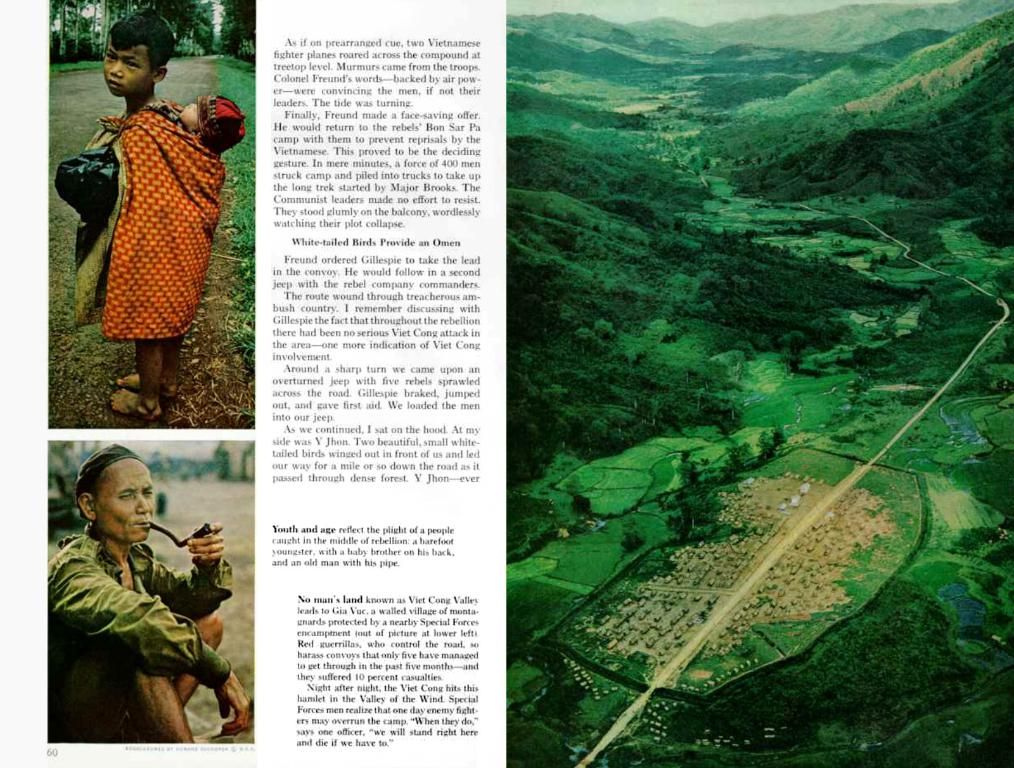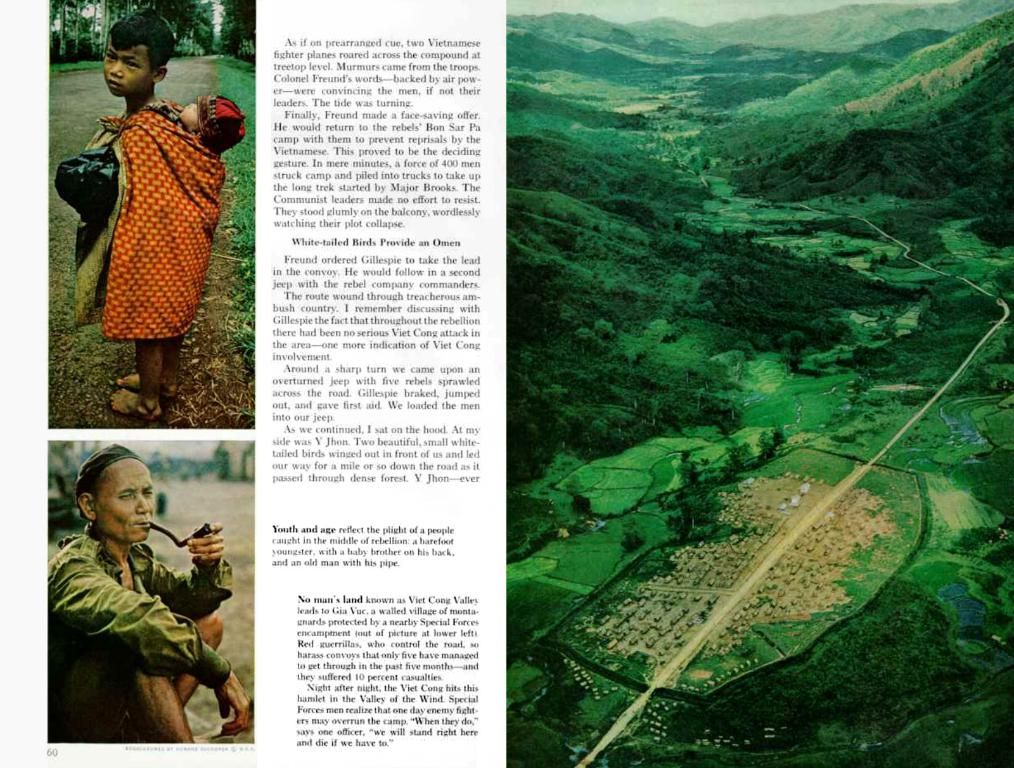Somalia Braces for Humanitarian Calamity Amidst Climate Crisis
Floods and droughts have struck Somalia, adding to its civil war woes. The United Nations is warning of a potential disaster that could impact over 1.6 million people.
In recent times, Somalia has been grappling with a series of calamitous events. Over 30 lives have been lost due to heavy flooding, as reported by the local authorities, in a country already battle-scarred by civil war and famine. Since the onset of the rainy season in October 2023, numerous rivers in the Horn of Africa have burst their banks, causing widespread destruction, submerging bridges, homes, and infrastructure. Approximately half a million people have been forced to relocate.
Just a year prior, Somalia was battling extreme dryness and drought. During this time, the rainy season failed to materialize in autumn, followed by scant rainfall during the usual rainy seasons. Over 43,000 individuals lost their lives to the devastating drought in 2022, with a significant proportion being children under the age of five who succumbed to malnutrition and lack of clean water.
Currently, Somalia is experiencing another weather phenomenon – unseasonable, deluge-like rainfall. According to experts, this precipitation is being fueled by two oceanic phenomena: El Niño and the subsequent “dipole” in the Indian Ocean. El Niño, a recurring observation in the Pacific Ocean, raises water temperatures, leading to extreme weather events across the globe.
In the Horn of Africa, these extreme weather events are amplified by the "dipole" phenomenon, which raises the sea temperature near its coast while decreasing temperatures further east in the Indian Ocean. This temperature discrepancy triggers harsh weather conditions, especially heavy rainfall in territories like Somalia.
"El Niño's extreme weather poses a significant threat to communities already in distress and calls for immediate action to mitigate these looming crises," advised Martin Griffiths, United Nations Under-Secretary-General for Humanitarian Affairs.
According to the World Meteorological Organization, these weather events may persist until the spring of 2024. This prolonged period of intense rainfall could devastate more than 1.5 million hectares of fertile farmland in Somalia. If this were to transpire, the consequences would be severe for the resilient population, currently struggling to survive in a country gripped by decades of civil war and recurring drought.
In an attempt to counteract the crisis, the United Nations pledged $25 million in aid, aimed at providing immediate relief to those affected by the floods. However, distributing aid has come with challenges – floodwaters have washed away bridges and roads, making it difficult to reach communities in dire need.
Critically, cash transfers and early warnings facilitated by the UN's World Food Program have proved instrumental in keeping some populations safe. These programmes offer food assistance and financial means for individuals to migrate before catastrophe strikes.
In conclusion, El Niño and the “dipole” phenomenon are exacerbating severe weather conditions and humanitarian crises in Somalia, leading to potentially devastating floods that risk inducing famine. With around six million individuals already impacted by the food crisis, this complex climate crisis is placing an immense strain on an already fragile nation.
References:
- Enrichment Data:
- The current floods are fueled by complex weather patterns, with El Niño and the Indian Ocean's "dipole" playing significant roles.
- Flooding in Somalia has left hundreds of thousands of individuals displaced and has impacted critical infrastructure, including homes, bridges, and roads.
- Previously faced with severe drought in 2022, Somalia now grapples with the consequences of heavy rainfall, further compounding its humanitarian challenges.
- Climate change intensifies the frequency and severity of extreme weather events, making the situation in Somalia more complicated to manage.
- The UN and international organizations have stepped up to provide vital aid, but delivering aid remains a significant challenge due to logistical issues brought about by the flooding.








